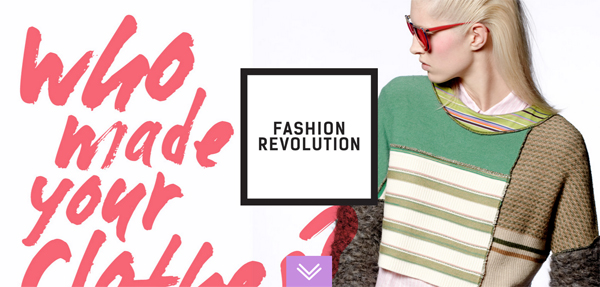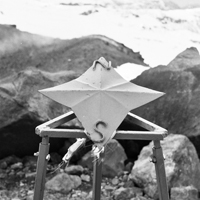
Two years since the Rana Plaza collapse killing 1,133 people in garment district Dhaka, Bangladesh, police have filed murder charges against 41 people, including the owners. It was the worst disaster in the history of fashion and sparked outrage among many brands, particularly those in ethical fashion. It launched a rallying cry and movement called Fashion Revolution Day, asking for people to wear their clothes inside out and ask, “Who Made Your Clothes?”
In addition, GreenPeace stepped-up and launched The Detox Catwalk which shows which companies are leading a transparency revolution across their supply chains, which have gone above and beyond to eliminate hazardous chemicals from their clothes, and which companies are trying to get away with doing the bare minimum.
The main person charged with murder is Sohel Rana, the owner the building, who also owns several other factories in the area. Bangladesh has thousands of apparel factories, most of which manufacture fashion for Western countries. They are the lowest paid workers in the garment industry and output the second highest quantity after China.
After investigations where completed after the collapse, it was discovered that the owners of the factories urged people to continue working even though inspectors said the building was unsafe—just one day before the collapse. The hearing is scheduled for June 28.
This brings to light once again the ethical fashion movement, especially when considering how its catching fire among 13-25-year-olds today, as more people realize the importance of understanding where their apparel is made, how it’s made and under what conditions, and learning about ways that fashion can be used as a force for good. Similar to the rise in farm-to-table practices and the growing concern over our food and water sources, GMO products, and lack of transparency in food production, so too is ethical fashion moving into the forefront of consciousness among a new and enlightened consumer.
Label Networks’ Sustainability and the State of Youth Culture Studies continue to analyze the changes in spending patterns, awareness, greenwashing, and influences on today’s new youth buyers, sometimes coined as Gen-Z, and how ethical fashion has changed the game of business.
Once again this year on April 24, 2015, people around the world — from designers and icons, to high street shops and high couture, from cotton farmers and factory workers, to campaigners, academics, the media and any individual who cares about what they wear –came together to say the same. First, is remembering its victims and raising awareness of the fashion industry’s biggest challenges. Events took place in London, New York, Boston, Israel, Mexico, Japan and more. People wore their clothing inside out, tweeting it, and joining the movement.
Celebs are joining the movement. Amber Valletta, supermodel, actress and founder of Master & Muse, the premiere online store offering fashion that is made responsibly says, “We all need to pay attention to how and where our clothes are made because we share a common thread: humanity. They say that you are what you eat. Well, the same holds true for fashion; you are what you wear. Buy better.”
For Matt Reynolds, President of Indigenous and Fashion Revolution Day Board member, it’s important to support consumers in making more conscious style choices. “We are honored to be a part of this important campaign driving awareness to fair treatment of garment workers worldwide.”
Wear your clothes #insideout @Fash_RevUSA.
Label Networks’ 4th Annual Sustainability and the State of Youth Culture Study 2015 will be released later this month. A large portion is dedicated to fashion, footwear, spending patterns, brands, and more.


